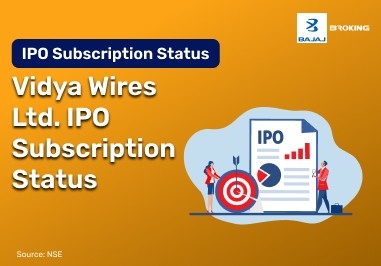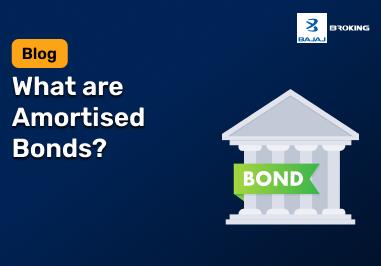Understanding the causes of a Bear Market
Unexpected Fluctuations: Sudden economic disruptions, like a pandemic or geopolitical tensions, can trigger unexpected market declines.
Global Mindset: Investor sentiment is influenced by global events, including political instability, trade wars, and economic downturns in major economies.
World Recession: A global economic slowdown can impact domestic markets, leading to prolonged bear phases.
High Inflation: Rising inflation erodes purchasing power and increases interest rates, making borrowing costlier and affecting corporate profits.
Market Overvaluation: When stock prices are inflated beyond their fundamental value, a market correction or crash can lead to a bear market.
Strict Monetary Policies: Central banks may tighten monetary policies, raising interest rates, which discourages borrowing and investment.
Socio-Political Factors: Political instability, elections, and regulatory changes can influence market trends and investor confidence.
Types of a Bear Market
Secular Bear Market
A secular bear market lasts for years, often marked by weak economic growth and consistent market declines. These markets may experience short-term rallies but remain in a long-term downward trend.
Long-term investors need patience and strategic asset allocation to navigate a secular bear market effectively.
Primary Bear Market
This type of bear market occurs due to economic cycles and lasts several months to a few years. It is often triggered by economic downturns, interest rate hikes, or financial crises.
Investors should diversify their portfolios to minimize losses during a primary bear market.
Cyclical Bear Market
A cyclical bear market occurs as part of shorter economic cycles and lasts for months. It typically follows periods of economic expansion and is driven by natural market corrections.
Cyclical bear markets present opportunities for investors to buy stocks at lower valuations.
Consequences of a Bear Market
A bear market can lead to reduced investor confidence, lower corporate earnings, and higher unemployment. It also impacts economic growth as businesses cut back on spending and expansion.
Bear Market Vs Market Correction
Feature
| Bear Market
| Market Correction
|
Definition
| A prolonged market decline of 20% or more
| A short-term decline of less than 20%
|
Duration
| Months to years
| Weeks to months
|
Cause
| Economic downturns, inflation, policy changes
| Overvaluation, investor sentiment
|
Investor Strategy
| Defensive investing, bonds, diversification
| Buying opportunities for long-term investors
|
Bear Market – History
Historically, bear markets have occurred during financial crises like the 2008 global recession, the dot-com bubble burst, and the 2020 pandemic crash. While these periods were challenging, they also provided opportunities for long-term investors to buy quality stocks at lower prices.
What should investors focus on during a bear market?
Investors should focus on long-term growth rather than short-term fluctuations. Diversifying assets, investing in defensive sectors, and holding cash reserves can help mitigate risks.
Safe-haven assets like bonds and gold often perform better during bear markets, providing stability to portfolios.
How to invest in a Bear Market?
Investing in a bear market requires a strategic approach. Defensive stocks in sectors like healthcare, utilities, and consumer goods tend to be more stable.
Investors can also invest in bonds to hedge against equity losses. Diversification across asset classes ensures better risk management.
Systematic Investment Plans (SIPs) allow investors to average out costs and accumulate wealth over time, even during market downturns.
Short Selling in Bear Markets
Short selling involves borrowing shares and selling them at the current price, intending to buy them back at a lower price later. This strategy is risky but can be profitable during declining markets.
Traders often use derivative instruments like put options and inverse ETFs to hedge against bear market losses.
Examples of Bear Markets
Notable bear markets include the Great Depression (1929), the 2008 financial crisis, and the COVID-19 crash of 2020. Each of these bear markets had unique causes but followed similar patterns of recovery.
Conclusion
While bear markets can be challenging, they also present investment opportunities for those who stay informed and strategic. Diversification, patience, and prudent investment choices can help navigate such periods effectively.
Start your investment journey today and take advantage of market opportunities. Open a trading account now and stay ahead in your financial planning!














